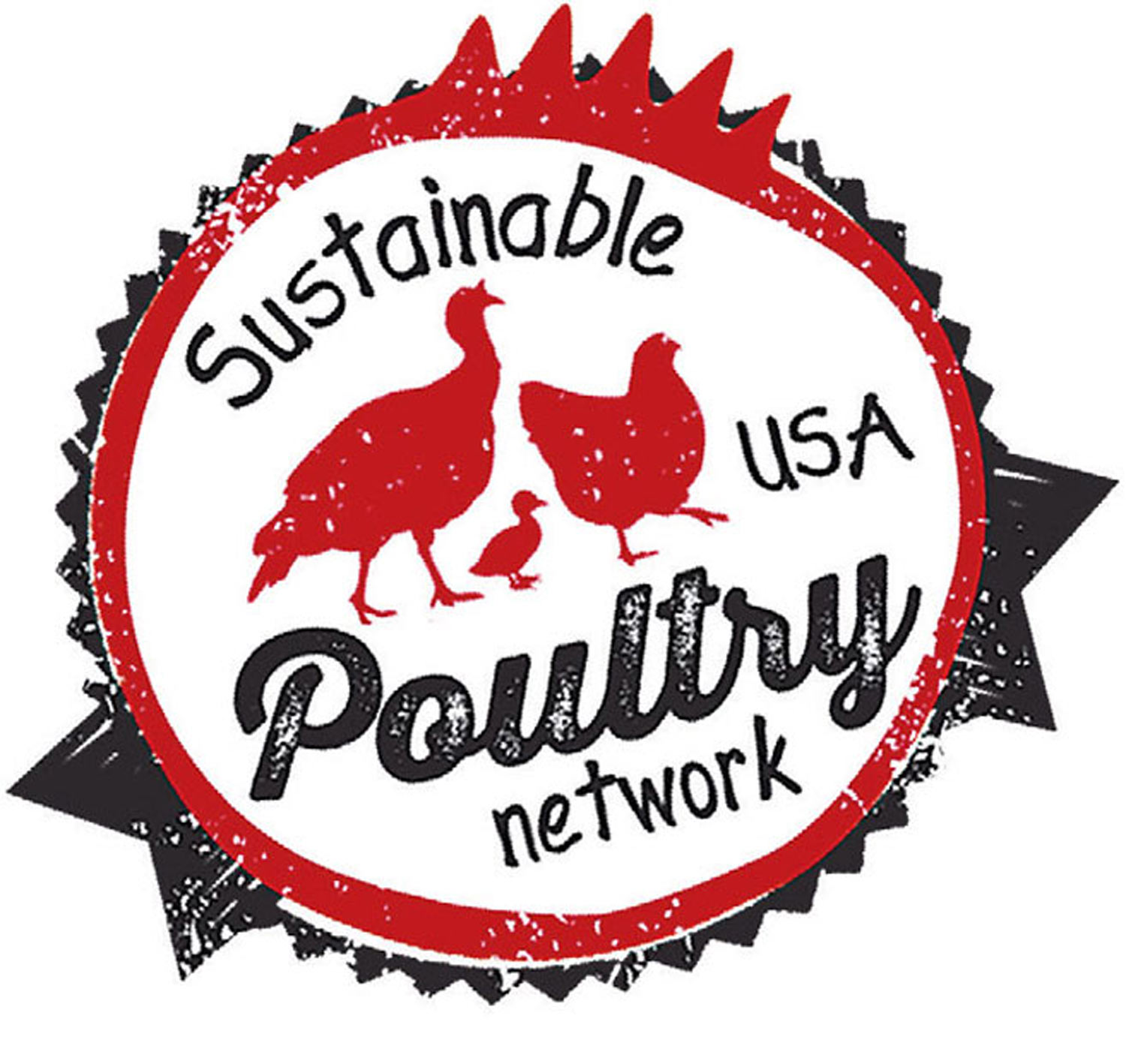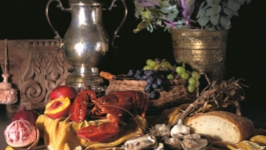Back to Heritage: SPN is Bringing America's First Poultry Breeds Into the Market
Bringing America’s first poultry breeds into the market is the name of the game for one organization
Lake County, Ohio, farmer Littleton Kirkpatrick takes pride in his specialized breed of Buckeye chickens. He owns and operates Golden Buckeye Farms in the Lake Erie region, named after the very poultry breed he raises.
The Buckeye chicken is a part of a diminishing slow-growing class of poultry referred to as “heritage poultry” that have been replaced with faster-growing breeds aimed to serve the mass-oriented nature the industrialization of the American meat market has taken.
Prior to industrialization, “heritage” and “slow-growing” chicken breeds were once the standard breeds grown on farms across the United States. Like the Buckeye, these were more substantial breeds, hardier and more structurally developed from a biological standpoint. Due to their slower maturation rates and that they were typically grass-fed they were, quite simply, “a healthier chicken with a more flavorful meat and overall better food,” says Littleton.
But Littleton didn’t just start growing a heritage breed of chicken out of the blue for a better quality chicken.
He is part of a larger growing movement across the United States determined to re-introduce heritage poultry back into the country’s now massively fast-producing and increasingly unhealthy poultry market. The movement is being driven by the Sustainable Poultry Network (SPN), a national organization that started as a small coalition out of North Carolina, formed from one man’s passion for quality poultry and to once again see it produced in the traditional American way for a much healthier, sustainable product.
Today SPN operates with an underlying mission to “put all the old breeds of poultry back to work and get those breeds back into the marketplace,” according to Jim Adkins, founder of Sustainable Poultry Network and a 35- year chicken breeder who became passionate about saving heritage poultry after being exposed to the effects of industrialization when working for the largest turkey producer in California.
“We hang our hat on three different nails: training, coaching and mentoring,” says Jim, “to teach farmers and chefs how to breed, grow and market sustainable flocks of standard bred poultry. If we are going to save these old breeds of poultry, we are going to have to start eating them again. That’s the message we’re sharing.”
So, what makes a breed “heritage” and therefore sustainable?
It comes back to the basic genetic makeup of these historical breeds that allows for the bird to grow more naturally at a slower rate, contributing to the development of stronger skeletal structures and healthy organs prior to building muscle mass. The American Poultry Association (APA) Standard of Perfection establishes clear criteria for defining “heritage chicken,” which include both raising standards and genetic qualifications of populations established prior to the mid-20th century.
Today’s standard industrial breeds mass-grown in coop houses do not meet the production and environmental factors set by the APA to meet heritage qualification, and, much more distinctively, do not exhibit the substantial genetic traits of the heritage breeds established in early America.
“You’re really talking apples and oranges between today’s chicken and the heritage,” says Littleton.
Another determinant in the classification of heritage poultry is its natural reproductive capabilities, an ability industrial breeds today do not possess.
“While working in the commercial turkey industry, 100 % of the turkeys we raised were unable to reproduce naturally,” says Jim. “Poultry that cannot reproduce naturally are not sustainable.”
SPN works directly with farmers to grow, raise and market their own poultry farm that they can self-sustain year after year due to the healthy lifestyle and reproductive qualities inherent in their quality breeds. The heritage breeds SPN helps to grow on farms throughout the United States not only become the healthier product, but much better tasting and flavorfully rich.
“You’ve got to taste the difference between a grocery store piece of chicken breast and what you get from a heritage bird,” Kirkpatrick said. “Because the bird is running around all day long, there’s a lot more dark, dense, flavorful meat. You really are getting an entirely different product.”
Making Movements
From its outset, SPN’s mission has infiltrated the local farming community at multiplying rates as more poultry growers hear the “gospel” of how to return to more quality-focused, sustainable methods of producing poultry and enthusiastically get on board.
Over the past five years the organization has trained hundreds of interested farmers, engaging them in a mentorship process that ensures they will be successful in their transition to raising the heritage breeds. Part of that mentorship involves hands-on demonstration in the practicalities of raising slower-growing birds, but mentors also guide participants in the process of marketing and distributing to a more niche population that values quality over cost.
“You aren’t going to win over the cheap grocery shoppers,” Jim advises. “Our market contains those who have had a paradigm shift in line with our core values.”
Though the transition to heritage requires a financial investment, Littleton from Lake County reassures that it is a “sustainable investment worth making.”
“It’s the philosophy of whether or not you’re concerned with the quality of product you’re providing,” Littleton says.
Any farmer interested in learning more about raising heritage poultry or even how to implement more sustainable practices into their operations is encouraged by Jim to simply reach out to SPN for a baseline evaluation on what their business goals are. Once goals are determined, the organization through its mentorship program invests one-on-one time with farmers to match program offerings with the specific needs and plans of their business.
Jim notes that Ohio is a key state where the movement is growing with flourishing heritage farms in the Columbus and Holmes County areas.
“There are incredible opportunities for people in Ohio to be involved in any one of the categories of breeding, growing and marketing heritage breeds specific to your business need,” Jim reiterates. “The sky is the limit— whether you are in Ohio or California—as we blaze a trail the old way.”
Learn more about The Sustainable Poultry Network at spnusa.com.






